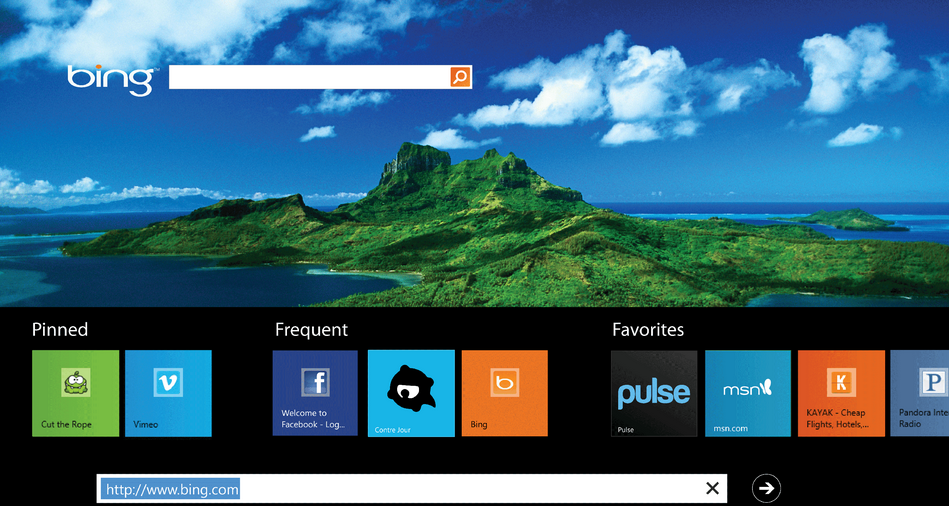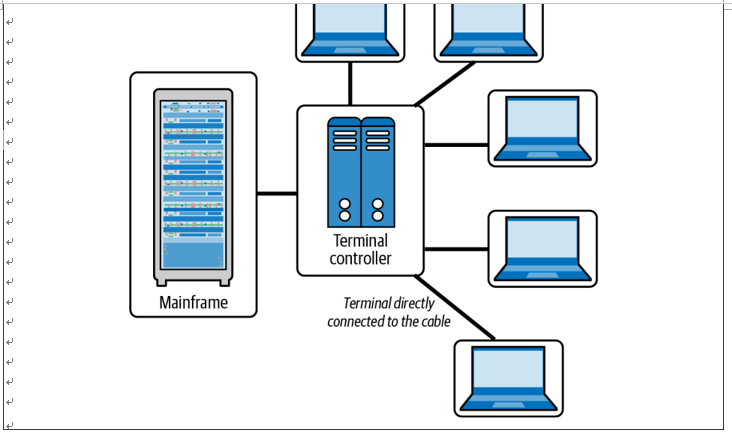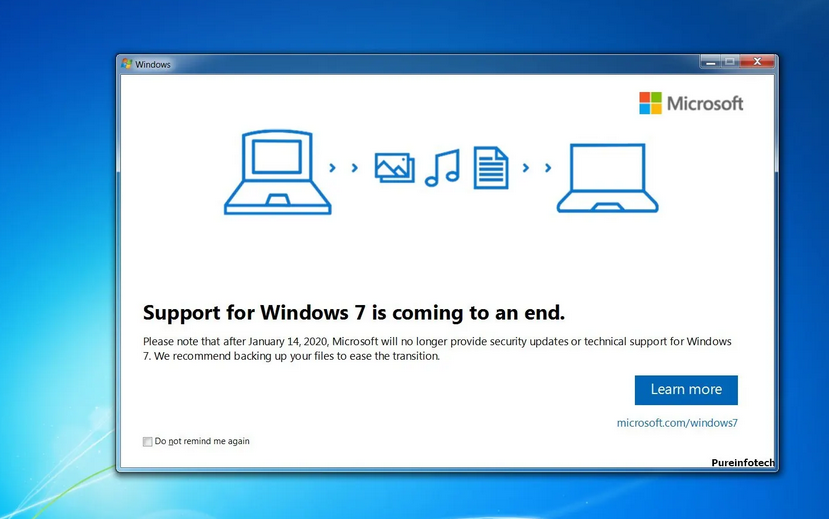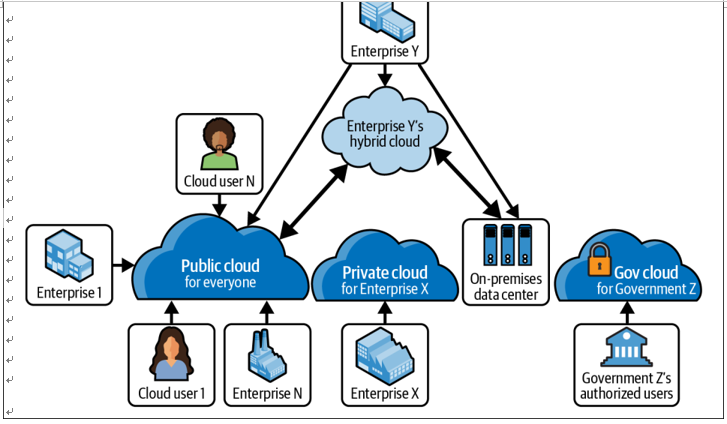Keeping abreast with new technologies – Keeping Up with Evolving AWS Security Best Practices and Threat Landscape
Keeping abreast with new technologies
The AWS ecosystem is dynamic, with the landscape of cloud technology and security threats constantly evolving. AWS and third-party vendors frequently introduce new security services, features, and tools designed to address these challenges. For AWS professionals, staying updated with these innovations is not just about enhancing security postures—it is also about ensuring their knowledge remains current. This section delves into effective strategies for keeping pace with these developments and seamlessly integrating them into your environment.
Staying informed
Information is power in the realm of security. Security professionals must proactively seek out information on the latest AWS security announcements and security blog posts related to their topics of interest. Regular participation in AWS-specific webinars and workshops provides opportunities to gain firsthand knowledge of the latest updates and how they can be applied in practice. These resources can help you to anticipate and mitigate emerging threats with the latest AWS security technologies.
The next crucial phase involves evaluating and testing these advancements within AWS.
Evaluating and testing
Upon discovering new security technologies, evaluating their potential impact and testing their effectiveness is key. This involves doing the following:
- Defining security enhancement objectives: Evaluate how new services or features can bolster your security posture. Establish clear metrics for evaluating new security tools, including performance, compatibility with existing systems, and overall security enhancement.
- Testing in a controlled environment: Implement new technologies in a sandbox or development environment first. This allows you to gauge their performance, identify any integration issues, and understand their operational implications without risking production systems.
- Security testing: Determine the actual security benefits by simulating attack scenarios or using penetration testing tools. Evaluate how technology improves your defense against these simulated threats.
- Performance testing: Measure how the new technology performs under different scenarios. Look at its responsiveness, speed, and resource consumption during peak and off-peak hours.
Following evaluation and testing, let’s transition to ensuring compatibility and compliance as our next essential step.








